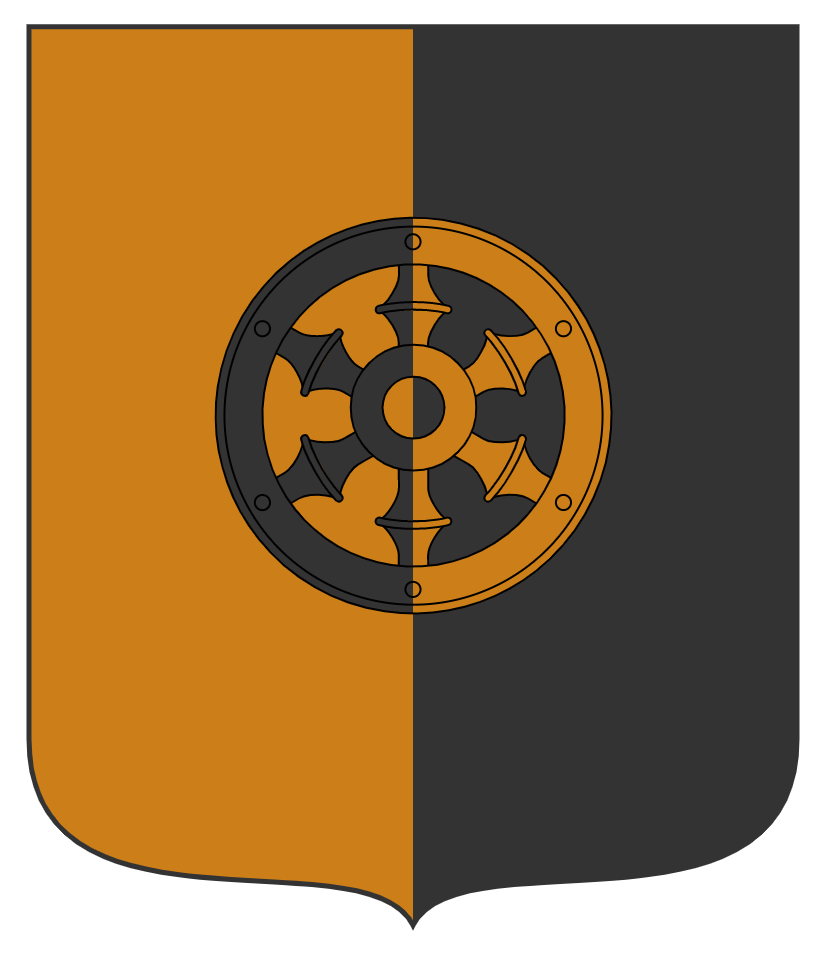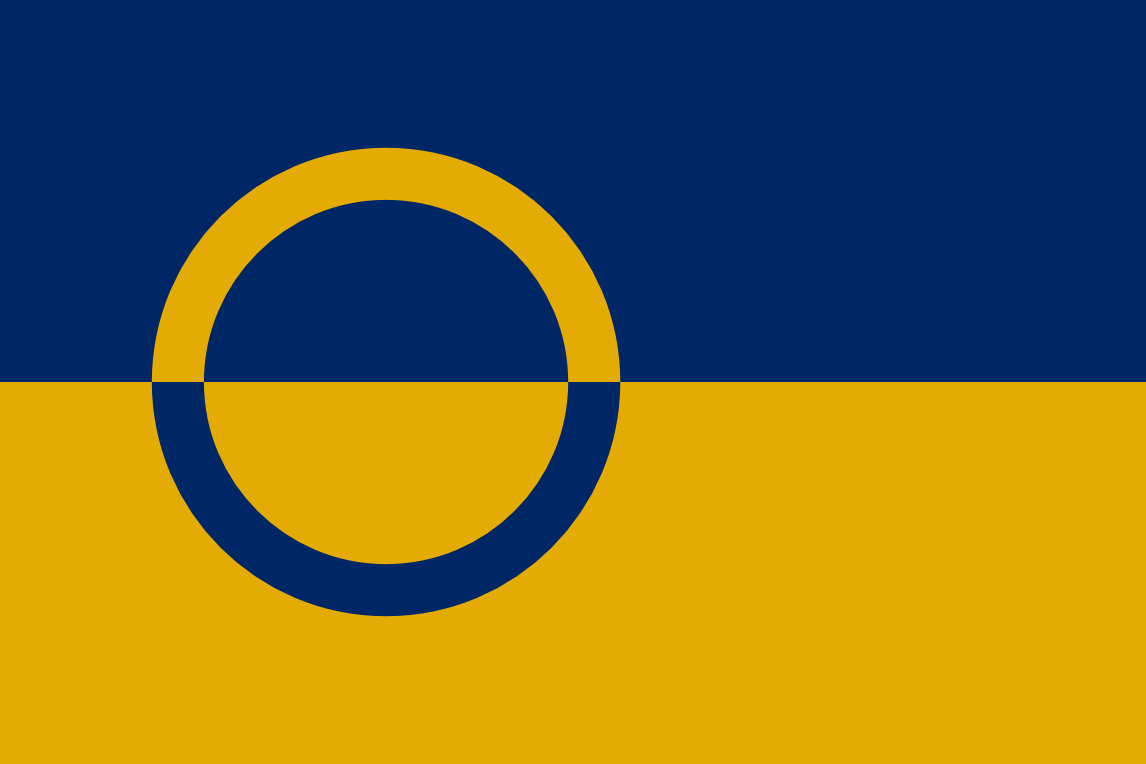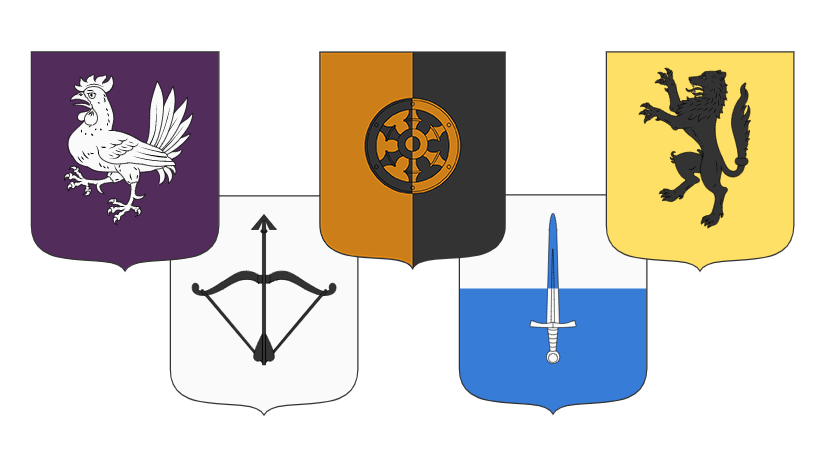Kingdom of Enliten
Through our courage and determination we've snatched this land for ourselves, but our future is not yet secure. We are few in number and this vast wilderness, dotted with ruins and memories of old, stands unguarded. Great steps must be taken to ensure our legacy in these lands.
House of Herwik

1504 - 1548 44 years
Died of natural causes
1548 - 1562 14 years
Died a maimed cripple
1562 - 1565 3 years
Died under suspicious circumstances
1565 2 years
Current ruler
Politics
All you present me with are demands after demands. I am not my brother, you malignant oaf. Sit down and speak when spoken to!
Diplomatic Relations
We have firmly placed our trust in both the Vivernians and the Rehenians. If both of them were to betray that trust, we'd all be done for. Either we plan for that possibility or we put ourselves at their mercy.The Kingdom of Enliten may be a large country, but much of its lands are desolate and uninhabited. While the great wave of migration that followed the birth of the country helped a great deal in populating the land, it will still take decades, if not centuries, for Enliten to reach its potential. Karl Herwik knew from the start that his new domain would be vulnerable and therefore he, and his descendants after him, have all sought to keep cordial relations with most of their neighbours.
Vivernia
Even before his band of fugitives and outcasts had set foot on Enlitic soil, Karl Herwik had established good relations with Vissente Frehhalani, the Lord Protector of Vivernia. With his permission, Herwik's Band was able to gather more volunteers for their journey. After the victory, more and more Vivernians made the journey to Enliten in search of a new home and more freedom. The two countries are still steadfast allies and trade partners.Helendriel
During the last few months of King Janas’ reign, Enlitic diplomats managed to negotiate a defensive pact with the Rehenian Commonwealth, a young state that had just recently seceded from the Exalted Republic of Helendriel and the Sehenian People. The move led to a degradation of relations between Enliten and Helendriel, causing some to fear the possibility of war. Many of the nobles who were pivotal to the diplomatic action argue that, due to political instability within the exalted republic, direct conflict is unlikely.
Council of Helí

| Harál Herwik | King of Enliten |
| Eltmar Tiller | Margrave of the The Kláv |
| Leinrik Eike Alûhwichen | Duke of Karllan |
| Rālia Eq Celrei | Countess of Lág-Altiglan |
| Dáglev Uin Nuilwik | Duke of Puhnen |








The military section with the garrisons is so good! And I love the little timeline of the rulers too. Really intriguing article that makes me want to learn more. :D
Thanks for reading and commenting Emy! The Northern Garrison in the military section plays a pretty significant role in a book I keep attempting to write so it was fun to include it there. The main character of that in in the Retervaal militia. There will definitely be more content about this country out soon. It's the first country I ever wrote about in Lethea and when I made the original map I started from here as well. The old article for this was just history so I'll have to sprinkle some of that in character and conflict articles and I'm hoping to update this article with a good timeline as well in the future.
Maker of Maps
Books are hard. XD Looking forward to more about this country! :)